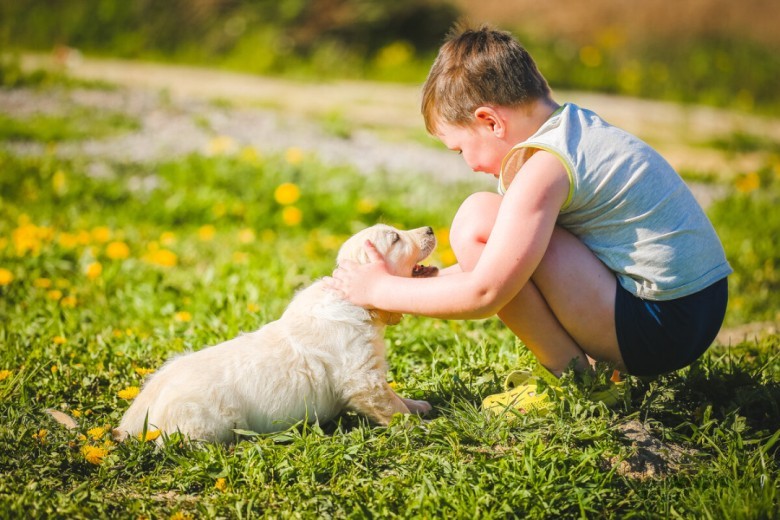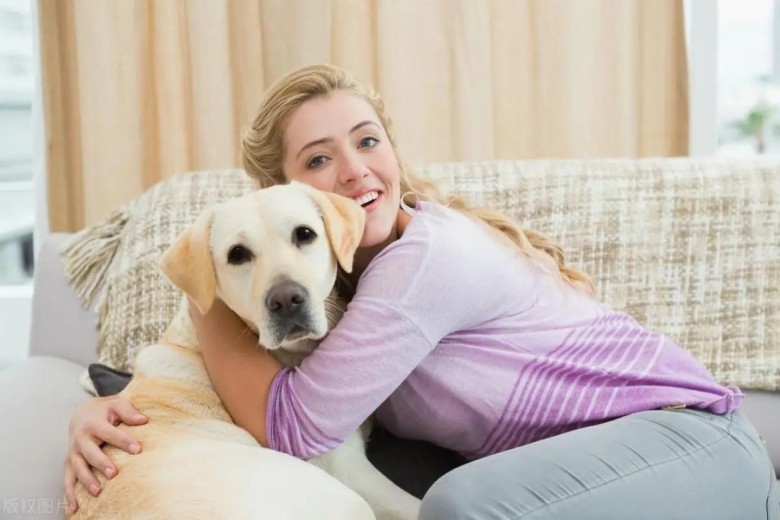
Do Dogs Prefer Male or Female Owners? How to Become a Dog's Favorite Owner
When it comes to the age-old question of whether dogs prefer male or female owners, the answer can be complex and subjective. Much like humans, dogs are individuals with their unique personalities, preferences, and experiences. However, various studies and anecdotal evidence suggest that certain general trends may influence a dog's preference for their owner’s gender. In this article, we'll delve into the key factors that affect this relationship and discuss practical tips on how to become your dog’s favorite owner.
Understanding Canine Preferences

1. Influence of Smell
One of the most potent senses in dogs is their sense of smell, significantly more acute than humans. Dogs can identify different scents and even detect emotional states based solely on pheromones.
Male Owner: Men often carry distinct odors due to habits such as smoking or consuming alcohol, which can be off-putting to some dogs. Additionally, the biological and hormonal differences may play a role in how dogs respond to male smells.
Female Owner: Women typically exhibit a fresher scent profile, as they may prioritize personal hygiene and grooming. This cleanliness can make them more appealing to dogs looking for comfort and safety.
In a study conducted on scent preferences, dogs displayed a keen inclination towards female scents over male scents, possibly indicating a preference for the more common scent types associated with female figures.
2. Sound Difference
Dogs possess an extraordinary sense of hearing, allowing them to detect sounds at much higher frequencies than humans. Their auditory responses can heavily influence their feelings toward their human counterparts.
Male Owner: Men generally have deeper voices, which could be perceived by dogs as more authoritative or overwhelming. This deeper tone can sometimes induce anxiety or a sense of oppression in sensitive dogs.
Female Owner: Women typically have higher-pitched, softer voices, which can resemble the sounds made by puppies. This similarity can elicit a nurturing response in dogs, making it easier for them to connect with female owners.
A study comparing how dogs responded to male and female voices showed that dogs were quicker to approach women speaking softly than men speaking more forcefully, reinforcing the idea that soft sounds can be more inviting.
3. Body Language
Dogs are incredibly perceptive when it comes to non-verbal cues, and body language plays a significant role in their comfort and attachment to their owners.
Male Owner: Men may exhibit bolder and more direct body language, which can sometimes come across as careless or overly assertive. This might make some dogs feel threatened or uneasy, impacting their ability to bond.
Female Owner: Women generally display more gentle and nurturing body language, such as low movements and calming gestures. This gentle approach helps dogs feel safe and understood, fostering a deeper emotional connection.
Research indicates that calm, relaxed body language encourages dogs to approach and engage more readily, suggesting that how an owner presents themselves physically can impact their dog’s feelings of safety and affection.
4. Accompanying Time
The time spent together is critical in developing a strong bond with a dog. Daily interaction significantly impacts a dog’s emotional stability and attachment to their owner.
Male Owner: Many men lead busier lifestyles, leading to less time spent with their dogs. This lack of interaction can hinder the development of a strong bond and create a less dependent relationship.
Female Owner: Women often prioritize spending quality time with their dogs, allowing more opportunities for bonding activities, such as walks, playtime, or simply cuddling. This investment in time fosters emotional security in dogs, making them perceive female owners as more attached figures.
Studies have shown that dogs who spend more time with their owners tend to exhibit less separation anxiety and a stronger attachment, reinforcing the idea of quality time as key to a positive human-animal bond.
5. Interaction Method
The way owners interact with their dogs can vary significantly, influencing the bond formed between them.
Male Owner: Many male owners engage in more vigorous play and physical interactions, which can be beneficial for high-energy dogs. However, this approach may not appeal to all dogs, especially those seeking a more relaxed or comforting connection.
Female Owner: Female owners often opt for gentle and nurturing interaction methods, including petting, soft talking, and affectionate gestures. This softer approach may resonate more with dogs that prefer emotional connection over physical play.
Different breeds and individual dogs have unique preferences for interaction styles. Therefore, understanding your dog’s personality can help tailor your methods of engagement.
6. Size Difference
Physical stature can also play a role in how a dog perceives its owner. Size can influence a dog's feelings of safety and comfort around their human companions.
Male Owner: Male owners are often taller, and their larger stature can inadvertently intimidate smaller or more timid dogs. This intimidating presence can create feelings of insecurity among certain dogs, possibly leading to avoidance behaviors.
Female Owner: Generally, female owners may be perceived as smaller and more approachable. This size could instill a sense of comfort and safety in dogs, encouraging them to come closer and develop trust.
Incorporating gentle approaches and ensuring that interactions are conducted at the dog’s level can create a more welcoming atmosphere, regardless of physical stature.
How to Become Your Dog's Favorite Owner

After analyzing different factors influencing a dog’s preference for male or female owners, how can you position yourself as your dog’s favorite? Here are some practical tips to help you foster a loving and trusting relationship with your furry companion:
-
Spend Quality Time: Dedicate daily time to engaging with your dog. Walks, playtime, or simple cuddles on the couch can deepen your bond.
-
Use Gentle Communication: Speak in a warm, inviting tone. High-pitched, cheerful voices can resonate better with dogs, making them feel loved and secure.
-
Practice Patience and Understanding: Allow your dog to come to you on their terms. Respect their boundaries and be patient in building trust.
-
Learn Their Preferences: Pay attention to how your dog prefers to interact. Some dogs enjoy robust play, while others appreciate gentle affection. Tailor your interactions accordingly.
-
Show Affection: Regularly pet and reassure your dog with kind words. This positive reinforcement strengthens their emotional bond with you.
-
Create a Safe Space: Ensure that your dog’s environment is nurturing and secure. A comfortable space where they can retreat creates a sense of safety.
-
Stay Calm: Use relaxed body language. Avoid abrupt movements that might startle your dog. A calm demeanor encourages dogs to feel at ease.
-
Engage in Training: Training isn’t just about commands; it’s also a great way to bond. Use positive reinforcement methods to create cooperative and happy learning experiences.
-
Be Consistent: Dogs thrive on routine. Create consistent schedules for feeding, walking, and playtime, which helps them feel secure and connected to you.
-
Show Love and Care: Ultimately, the best way to become your dog’s favorite owner is to show them love and care consistently through every interaction.
In conclusion, while research indicates potential differences in how dogs may respond to male versus female owners, what truly matters is the quality of the relationship. Understanding your dog’s needs and personality will go a long way in forging an unbreakable bond that makes you their favorite companion, regardless of gender. Remember, a dog’s loyalty is earned through love, respect, and meaningful connections, transcending any statistical preference. So, invest in your relationship and witness it flourish!




















Comments
0 comment